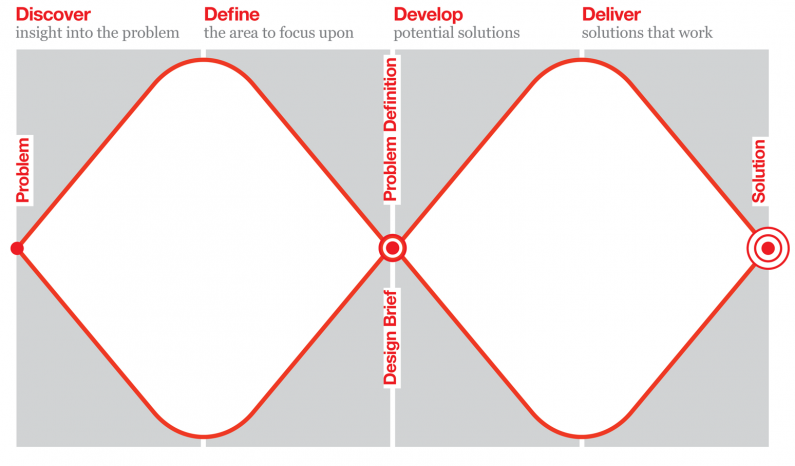Julian Baggini’s recently published book “How the world thinks” is a history of global philosophy, looking at how thinking has developed in different places and times. In the introduction he highlights the importance of not just seeing something from another’s perspective, but trying to see what they are seeing as well. As he puts it: ‘If we assume too readily we can see things from others’ points of view we end up seeing them from merely a variation of our own.’
So we have to go further than simply stepping into another’s shoes to see what things look like, we have to try to understand the context in which things are being seen (and I might add, how they are felt). To put it in Baggini’s words: ‘…really try to understand how they look to others for whom the landscape is home.’
This reference to landscape linked to another concept I came across recently: ‘reflexive cartography’. This idea (which can be used in a number of contexts, particularly those involving community engagement) contends that mapping a territory should not simply be about representing the material, but should also include the symbolic, cultural and communal values around which societies function. In doing this, reflex mapping can bring together the viewpoints of institutional agents and local actors to provide a better understanding of a territory.
I think there could be mileage in trying to use this mapping metaphor and technique in mediation and facilitation projects, both to help people better understand things from different perspectives and to allow them to work together to see how a place or an organisation might be improved, or a mutually acceptable agreement might be reached. This could apply to a broad area or activity or to more specific functions or issues. It also has the benefit of providing a task on which people can work together, which, in some circumstances, as its name suggests, can be very visual.
Perhaps this could also be tied into the Design Council’s ‘Double Diamond‘ approach (illustrated below) which tries to summarise the process which most design projects go through. For those of you of a certain age and memory, I’m assured it ‘works wonders’!
Source: https://www.designcouncil.org.uk/
In developing these mapping and design techniques it would be as well to keep in mind a risk that Baggini highlights in getting to know others better – that it might lead us to overestimate what we have in common or what divides us. This might well be linked to confirmation bias if we don’t go into the process with a sufficiently open mind.
One way of tackling this could be to ask participants to set out to each other, in their own words, and as persuasively as possible, what they understand about each other’s perspectives and ideas, in order to test how well they have understood them and whether or not they are putting their own gloss on them or building in unfounded assumptions. Done sensitively this could also help build empathy between the participants. It might also address our tendency to judge others behaviour as a reflection of their character; in contrast with the way in which we describe our own behaviour as being due to the circumstances we find ourselves in.
________________________
To make sure you do not miss out on regular updates from the Kluwer Mediation Blog, please subscribe here.



